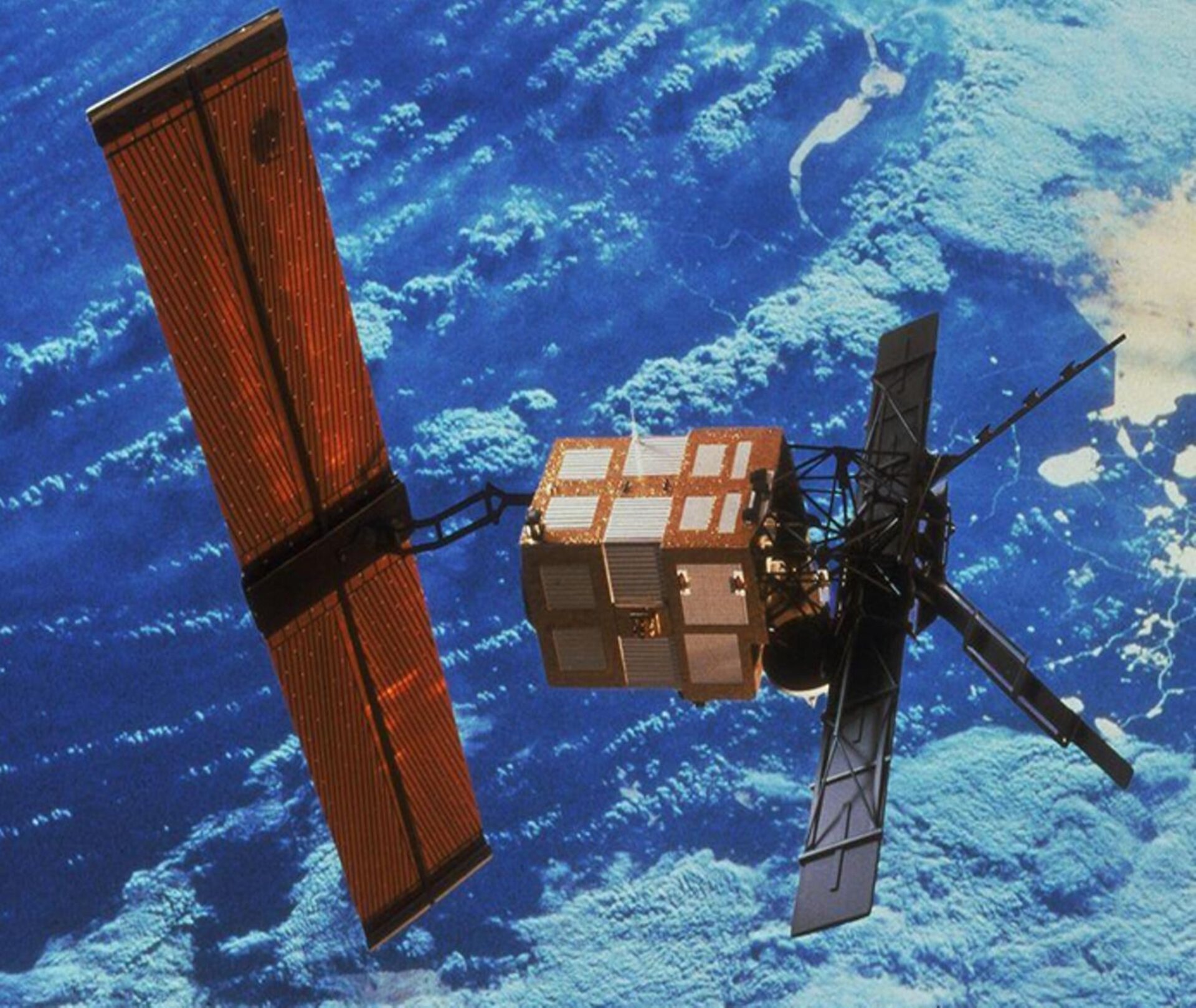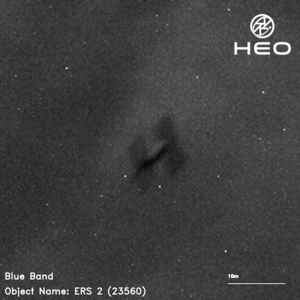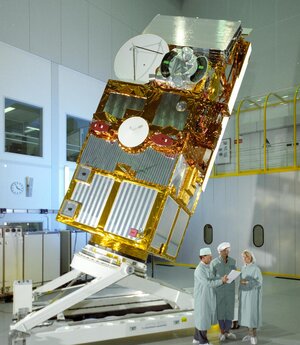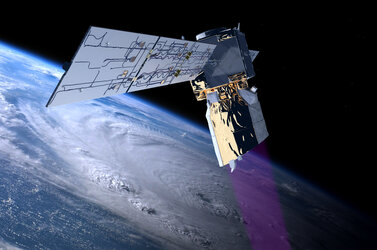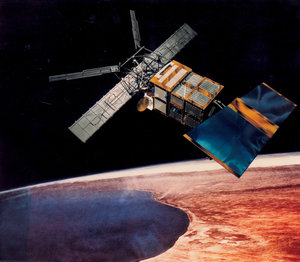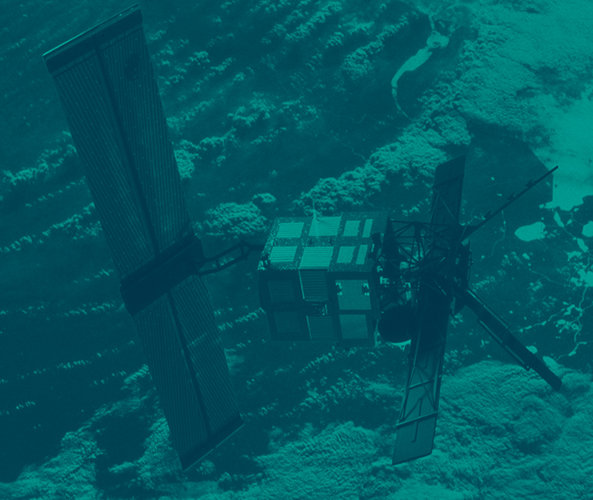ERS-2 reenters Earth’s atmosphere over Pacific Ocean
At approximately 18:17 CET (17:17 UTC) on Wednesday 21 February 2024, ESA’s ERS-2 satellite completed its atmospheric reentry over the North Pacific Ocean. No damage to property has been reported.
ESA’s second European Remote Sensing satellite, ERS-2, was launched almost 30 years ago, on 21 April 1995. Together with the almost-identical ERS-1, it provided invaluable long-term data on Earth’s land surfaces, ocean temperatures, ozone layer and polar ice extent that revolutionised our understanding of the Earth system. It was also called upon to monitor and assist the response to natural disasters.
“The ERS satellites have provided a stream of data which has changed our view of the world in which we live,” said ESA’s Director of Earth Observation Programmes, Simonetta Cheli. “They have provided us with new insights on our planet, the chemistry of our atmosphere, the behavior of our oceans, and the effects of mankind’s activity on our environment – creating new opportunities for scientific research and applications.”
Having far exceeded its planned lifetime of three years, ESA took the decision to deorbit ERS-2 in 2011 in light of growing concern over the long-term hazard that orbital debris poses to current and future space activities.
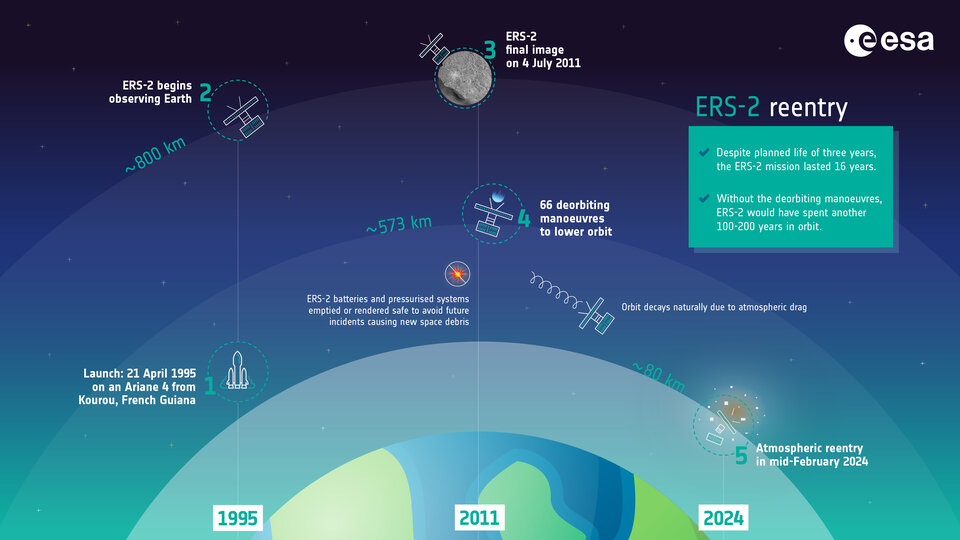
The satellite’s altitude had been declining steadily ever since. On 21 February 2024, it reached the critical altitude of around 80 km at which the atmospheric drag was so strong that it began to break into pieces.
An international campaign involving the Inter-Agency Space Debris Coordination Committee and ESA’s Space Debris Office monitored the reentry.
Atmospheric reentry – past, present and future
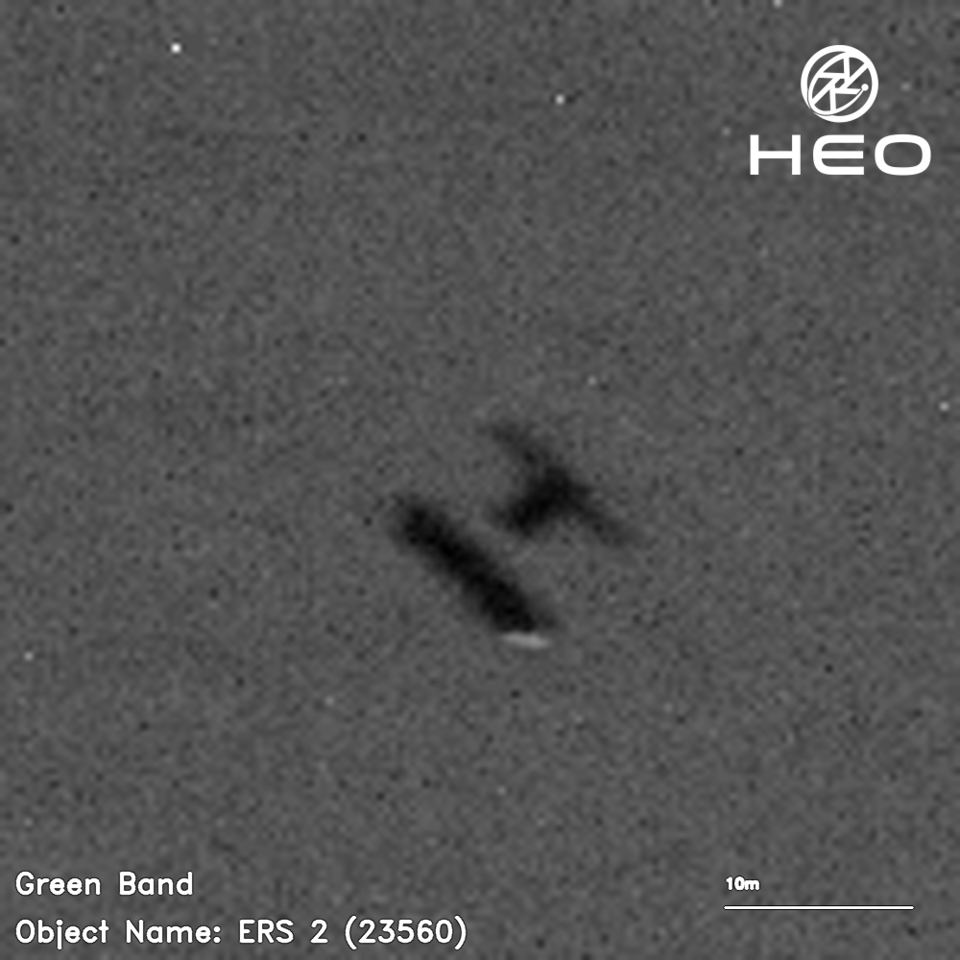
“Uncontrolled Atmospheric reentry has long been a common method for disposing of space objects at the end of their mission,” said Tim Flohrer, Head of ESA’s Space Debris Office. “We see objects similar in size or larger to ERS-2 reentering the atmosphere multiple times each year.”
“In the 67 years of spaceflight, thousands of tons of artificial space objects have reentered the atmosphere. Pieces that make it to the surface have only very rarely caused any damage and there has never been a confirmed report of a human injury.”
ERS-2’s reentry was ‘natural’. All of its remaining fuel was depleted during deorbiting to reduce the risk of an internal malfunction causing the satellite to break up into pieces while still at an altitude used by active satellites. As a result, it was not possible to control ERS-2 at any point during its reentry and the only force driving its descent was unpredictable atmospheric drag.
This was the best option for disposing of the satellite given the way it was designed in the 1980s. However, the time and location of a natural reentry are difficult to predict prior to the satellite’s final few hours in space.
Natural reentries are no longer the gold standard in space sustainability. By implementing the ‘ESA Zero Debris approach’, the Agency is committed to ensuring the long-term sustainability of space activities by mitigating the creation of space debris wherever possible and ensuring the safest possible reentry of satellites at the end of their lives. ESA also aims to encourage others to pursue a similar path through the community-led Zero Debris Charter initiative.
ESA’s missions in Earth orbit are now designed to conduct ‘controlled’ reentries. During a controlled reentry, spacecraft operators can ensure that the satellite comes down over sparsely populated regions on Earth such as the South Pacific Ocean.
Meanwhile, ESA continues to make efforts to dispose of its older satellites (such as ERS-2, Aeolus, Cluster and Integral) in more sustainable ways than were originally planned.
Mission legacy
ERS-2, and its predecessor ERS-1, were the most sophisticated satellites ever developed and launched by Europe. The satellite carried a suite of scientific instruments and technologies into orbit that collected valuable data for more than one and a half decades, including Europe's first instrument to study atmospheric ozone. The ERS heritage datasets are today curated and made accessible through ESA’s Heritage Space Programme.
The ERS satellites also set the stage for many successor missions dedicated to studying our changing world, such as Envisat, the MetOp weather satellites, ESA’s Earth Explorer scientific research missions and the Copernicus Sentinels, as well as many other national satellite missions.
“ERS heritage data are still widely used today mostly in combination with data from newer missions as long-term data records are for example essential for identifying and understanding changes to our climate,” said ESA’s Heritage Space Programme Manager, Mirko Albani. “The mission is also a great example of how ESA pioneers new technologies that later become operational to support services such as weather forecasting and climate monitoring that benefit the citizens of ESA Member States and people around the world”.


